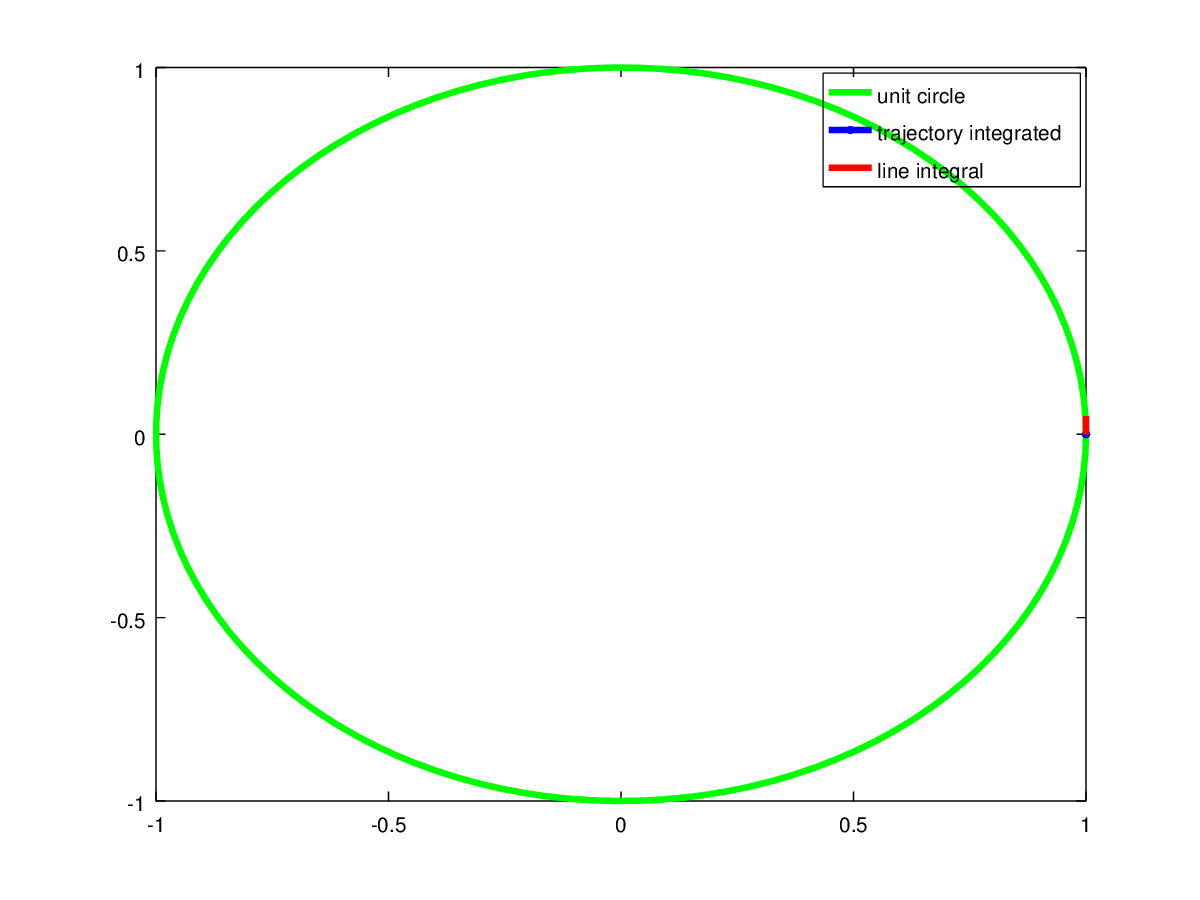I am going through a derivation of a physics theorem (particulars are not important). It involves a sphere centered at the origin. The observation is made that $\hat{n} = \hat{r}$ (unit normal to surface of sphere vector and unit radial vector, respectively).
My understanding is that a vector (in physics contexts) is defined by magnitude and direction. The vectors are obviously parallel and the same magnitude. However, it bothers me that no reference to the "position" of the vectors is made. And, that it is conceivable to have $\hat{r}$ located with tail at the origin and $\hat{n}$ located at the surface of the sphere even if they are parallel and same magnitude.
If we consider vectors in a linear algebra context, it seems like this problem doesn't even exist since they are more abstract objects not necessarily existing in cartesian space, for example (at least to my understanding).
-
Is there a rigorous way of understanding if/why two vectors can be equal even if they have different locations? Maybe more generally, what is the role of location when considering vectors?
-
How can I connect these two "interpretations" of vectors? Am I missing some assumptions that we make when deciding to use vectors in physics? Or, plain wrong.

Best Answer
Here is a mathematical approach. Let us stick with $\mathbb{R}^{2}$.
We can identify a line segment in $\mathbb{R}^{2}$ as a pair of ordered pairs $(a,b)\in\mathbb{R}^{2}$ and $(c,d)\in\mathbb{R}^{2}$ where $(a,b)$ denotes the origin of the line segment and $(c,d)$ indicates its end.
Based on such definition, we establish the following relation: the line segments $((a,b),(c,d))$ and $((e,f),(g,h))$ are related iff the following relation holds: \begin{align*} (c,d) - (a,b) = (g,h) - (e,f) \end{align*}
It can be proven that such relation is an equivalence relation, that is to say, reflexive, symmetric and transitive. We are now able to define the concept of a vector. Given an ordered pair $v = ((a,b),(c,d))$, the corresponding vector associated to it is the equivalence class: \begin{align*} [v] = \{((e,f),(g,h))\in\mathbb{R}^{2}\times\mathbb{R}^{2} : v \sim ((e,f),(g,h))\} \end{align*}
Thus two vectors are equal if they represent the same equivalence class.
Hopefully this helps!